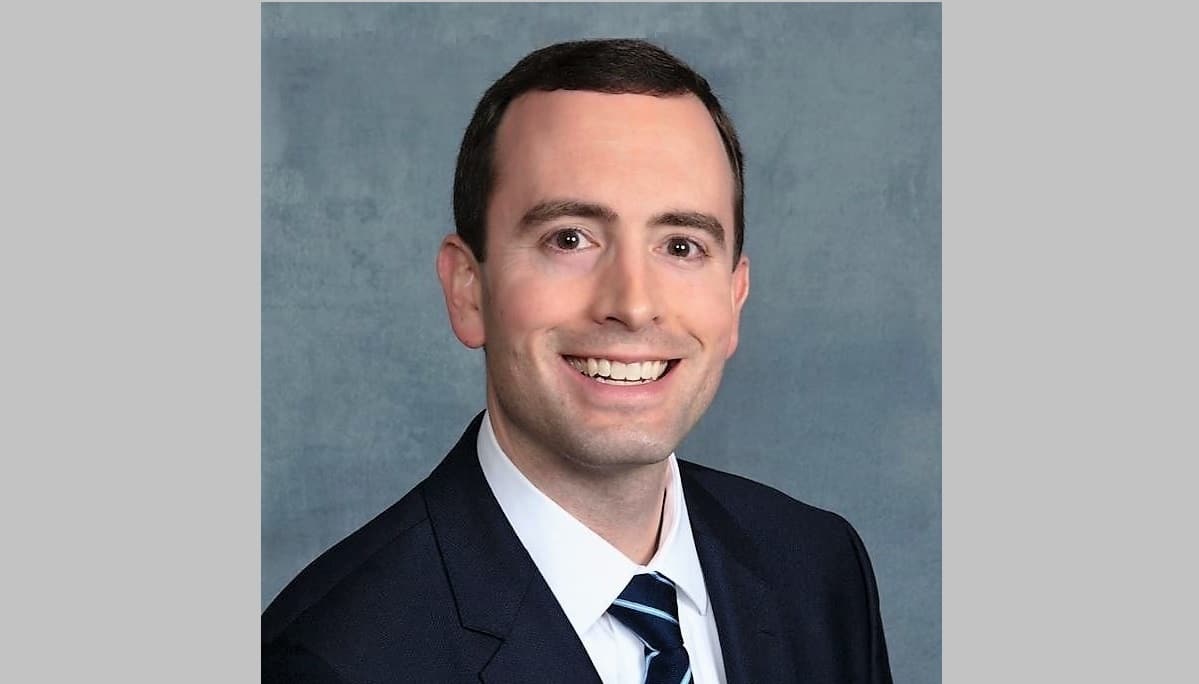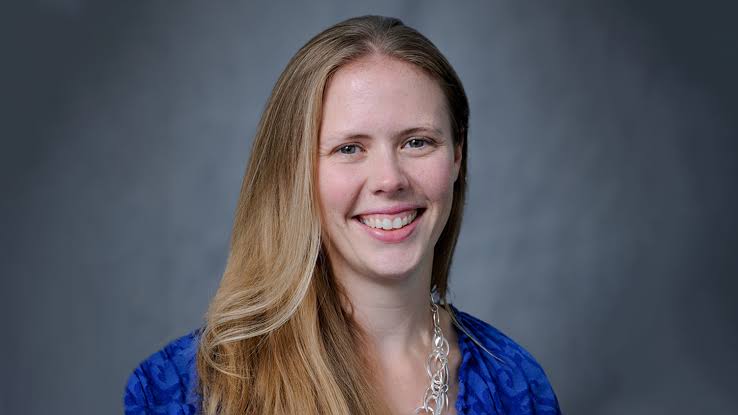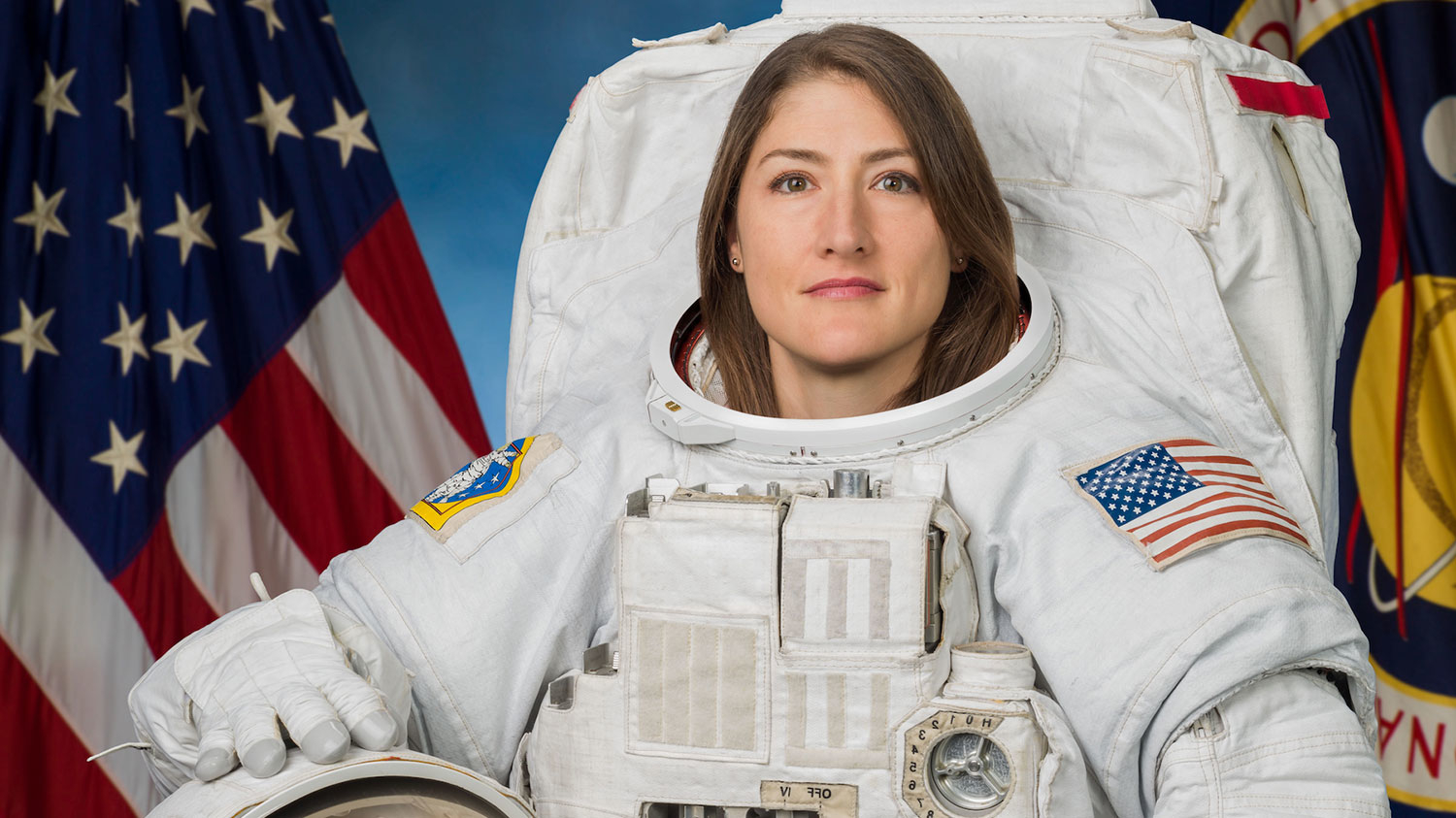Brian Sugg was looking to expand his knowledge of statistics and data science while continuing to work full time. He found the NC State Online Master of Statistics program appealing as it offered an online, asynchronous learning environment with coursework in programming and hands-on application.
“The flexibility offered by the Online Master of Statistics program to complete my degree while working full-time has been beneficial to my career development throughout the program. The constant cycle of learning in class and then applying those concepts in the workplace has already enabled my career progression. I hope this degree will continue to open doors in the field of data science, and that I will be able to use these skills to uncover the infinite insights companies are sitting on within their data landscapes,” Sugg says.
Sugg has now completed eight courses in the master’s program and says he’s learned a lot. “The program has enhanced my fundamental understanding of the underlying statistical methods that drive the capabilities of popular data science subject areas like Machine Learning and Artificial Intelligence. Projects in the courses have also provided experiences to articulate concepts and findings in a simplified manner that people without a statistical background can understand.”
While taking ST 558 – Data Science for Statisticians, Sugg became interested in the use of R to animate data with GIFs after reading an article in 2020 about a former online master’s student who was forecasting the spread of COVID-19.
Reflecting on ST 558, Sugg says, “I learned how to connect and gather data from publicly available APIs. Using COVID-19 case count data from an API, I started creating GIFs of time lapse animations that illustrated the daily spread and intensity of the COVID-19 outbreak across the United States. I soon realized the endless possibilities of these image files to animate data trends of multiple types.”
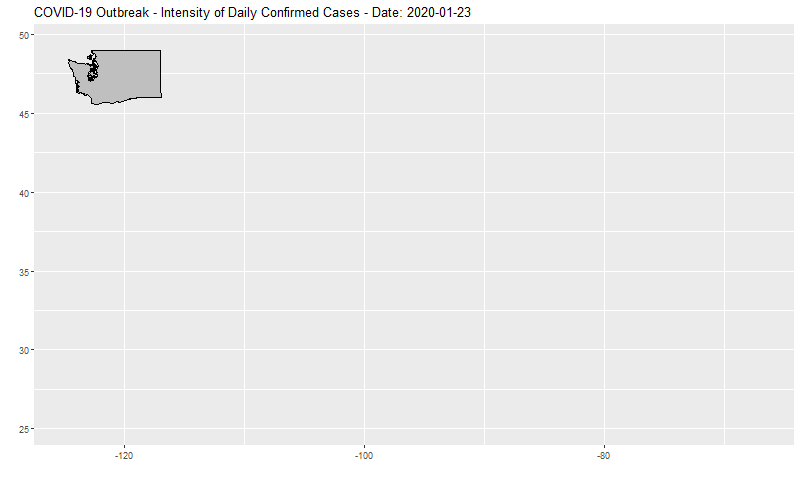
As a student in ST 502 – Fundamentals of Statistical Inference II, he again found himself using R. This time to conduct a simulation study on how well confidence intervals for a proportion work under different assumptions. He decided to go above and beyond to create a compelling visual of how properties such as interval length and capturing the true probability of success evolved for different confidence interval methods as sample size was incrementally increased.
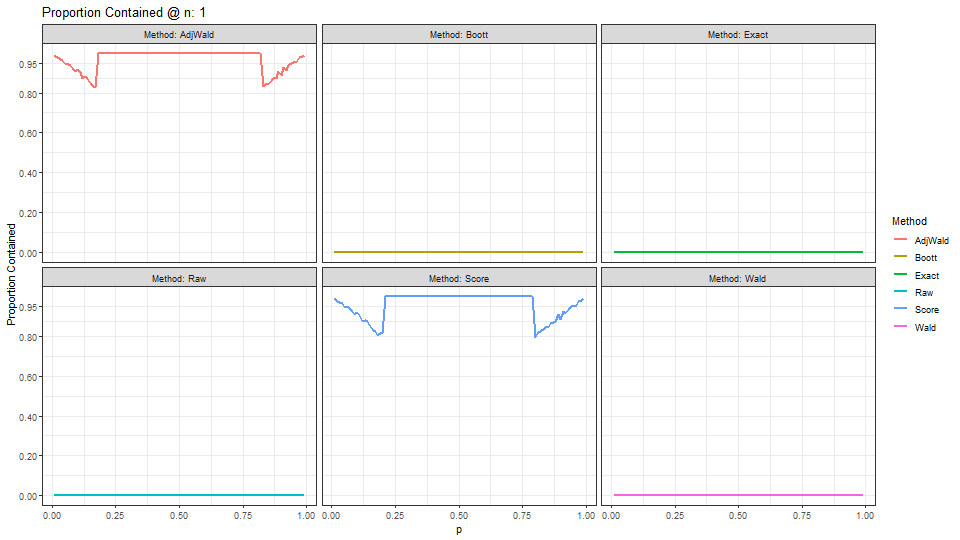
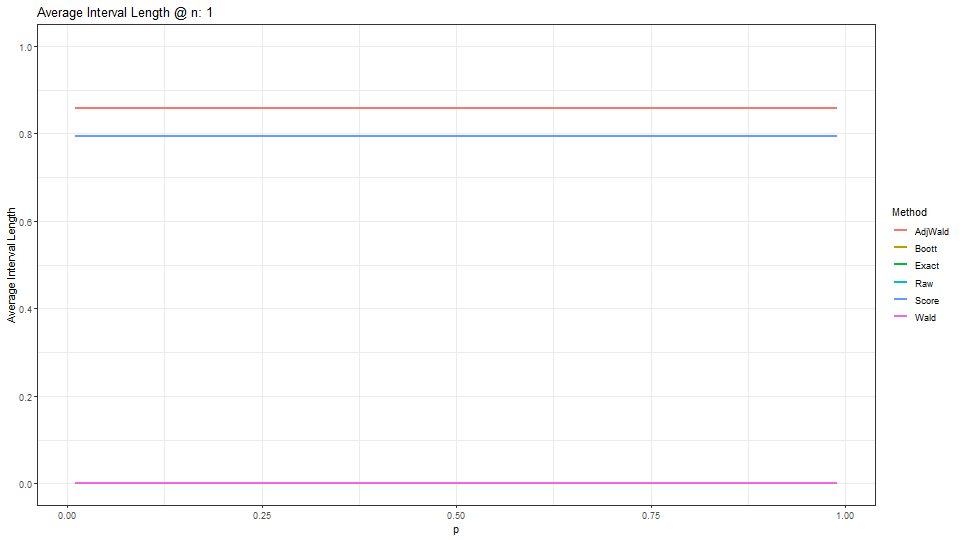
The results, of course, earned him an A. More than that, Sugg was able to put together knowledge from across the program to produce a compelling visual and allow him to see how much he had learned. When his instructor excitedly asked if he’d be willing to share his work with the class he didn’t hesitate.
“The Data Science for Statisticians course also taught me how to create R Markdown files and GitHub repositories, which allowed me to document and easily share the code behind the GIF creation process with the rest of the class,” Sugg says.
Sugg is glad he chose the NC State Online Master of Statistics program. “I’m thankful for everything this program has offered beyond statistics, from SAS certification exam preparation to building my experience with other programming languages like R, Python, and SQL that I have immediately put to use in the workplace. The well-balanced curriculum, including statistical theory, programming, and hands-on application, teaches critical skills to students that make them more competitive in today’s data science job market.”
Are you interested in taking your knowledge to the next level? Find out more information at our website.
This post was originally published in Department of Statistics.
- Categories:
